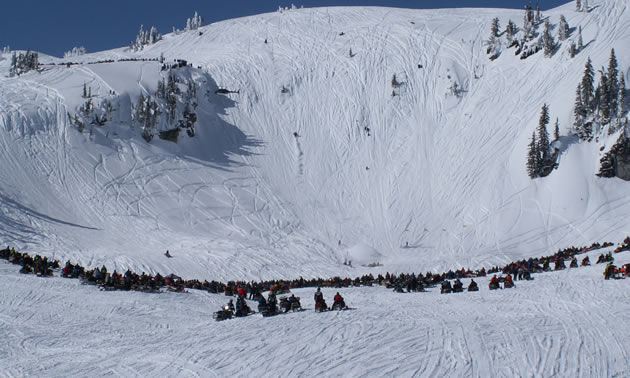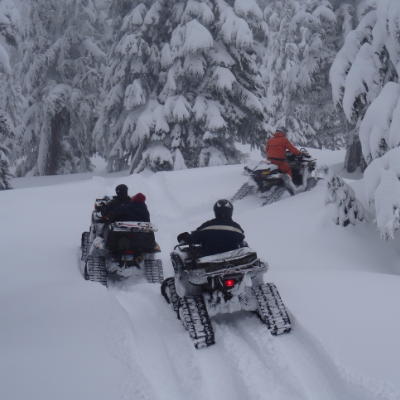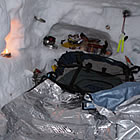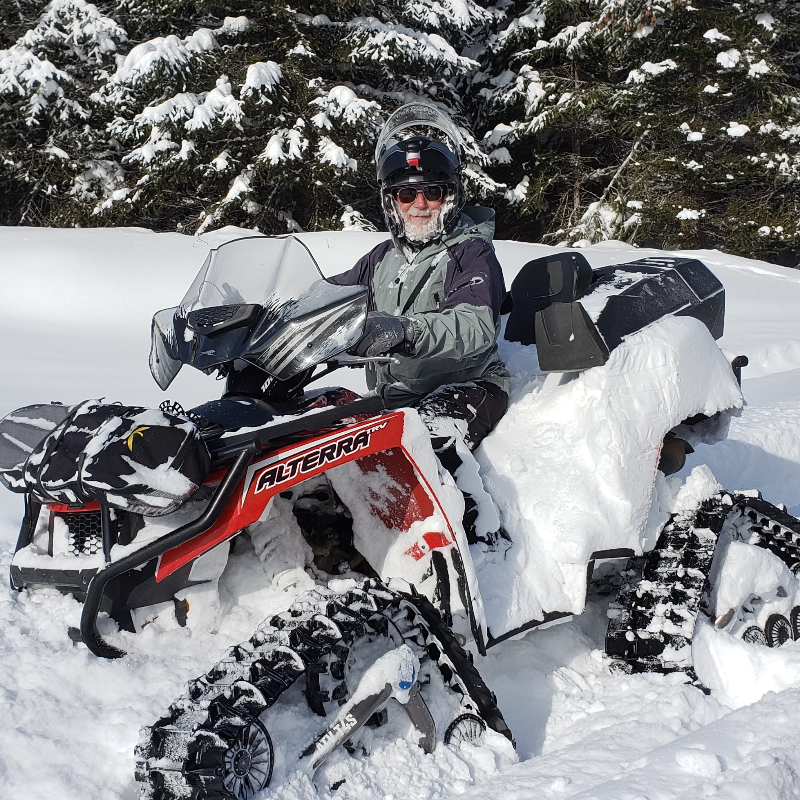Ski areas and backcountry ski operations rely on ski compaction or layer disturbance to help stabilize the snowpack. But many questions about compaction remain. For example, why does heavy compaction sometimes fail to reach basal layers? Is one swipe enough to really disturb a layer of surface hoar?
Compaction was one of the seminar topics at the week-long International Snow Science Workshop (ISSW) in Banff, Alberta, this fall. Panelists from ski areas and backcountry-guiding operations discussed how they monitor and manage the compaction process along with some of their successes and failures.
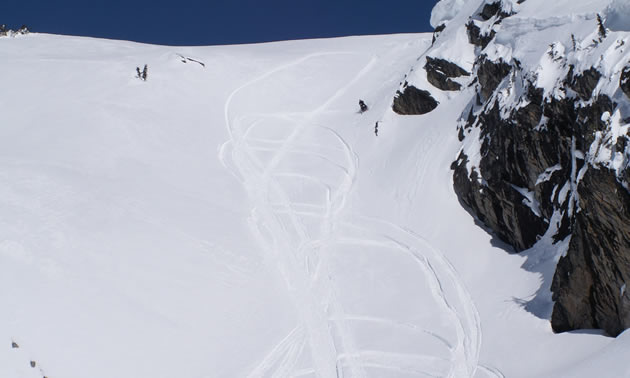
A little history
The ISSW began in Banff in 1976 when 120 delegates came together to network and share knowledge regarding snow science and practical avalanche forecasting. These bi-annual conferences alternate locations within Canada, the United States and other locations—just last year, the first ISSW was held in Europe. These meetings have grown to almost 1,000 delegates from 20 countries.
Over the last 15 years, Zac’s Tracs has participated in five of these conferences: Penticton, B.C., Lake Tahoe, California, Whistler, B.C., Banff, Alberta, and Alaska. What draws the company is the mixture of researcher and practitioner presentations. The researchers present the science to improve understanding of how and why avalanches occur and provide tools and observations that can be used to help industry and recreationalists stay safer and have more fun. The guides, snow safety personnel and recreationalists share their practical experiences of applying (or not applying) the science. The result is a sharing of what worked, what didn’t and what could be done differently. It is a continual cycle that is necessary for advancement.
The avalanche industry is very small. Conferences like the ISSW are incredible opportunities to meet the world’s great minds in one place. Sharing knowledge and experience in an open public forum such as this speeds up the dissemination of information and helps save lives as more people in more countries adopt new ideas quicker.
Zac's Tracs has been incorporating the new knowledge, photos and stories into its training programs for many years, thanks to professionals from Alaska, Utah, Montana, Switzerland, Austria and Sweden, for example. Some of this material improves the introductory classes, such as the Avalanche Skills Training (AST) Level 1; however, it is in classes like the AST Level 2 where the students have the foundational skills and vocabulary necessary to talk about these higher level concepts.
The truth about compaction
Compaction is a topic that really interests Zac's Tracs as it has many high-use snowmobile areas that get plastered with tracks on a regular basis. Assuming that the compaction happens when the layer of concern is close enough to the surface to be disturbed . . . how much compaction is required before a person could feel comfortable that the slope can be trusted?
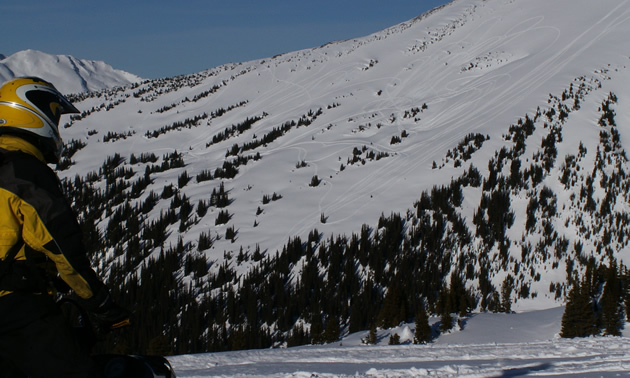
Looking for the answer to this question? Take an AST 2 workshop or Zac’s Tracs evening AST 1.5 workshop this season! We look forward to challenging you to apply your knowledge to real-life decision-making situations.
After all, isn’t this the point of the training in the first place? I doubt you took the AST course just for the fancy certificate.
